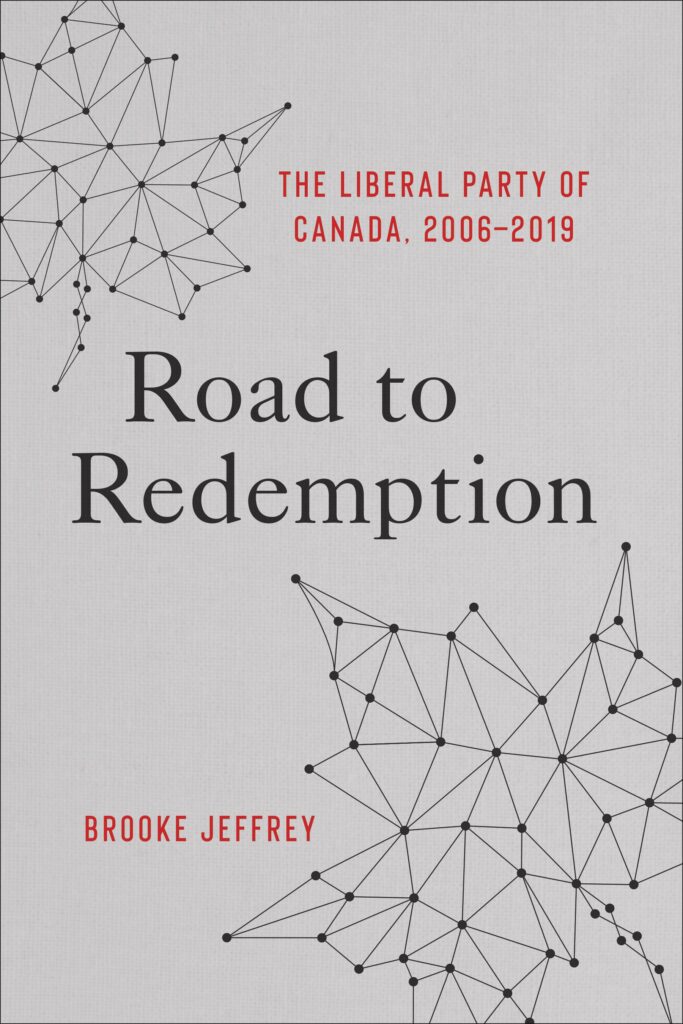- The Liberal victory is not “razor thin” as Pierre Poilievre has claimed. With 170 seats to the Conservatives’ 143, and 44% of the popular vote – the highest vote share for any party in a federal election since 1984 – the Liberal win is decisive. In addition the party won seats in every province, making it truly national.
- Every vote counts. Just 611 more votes would have delivered three more seats to the Liberals, putting them at 173 seats or a majority. [i]
- The Liberals can, and should, govern as if they have a majority. They are only two seats shy of that ideal in any event. They do not need the Conservatives`support. And none of the other parties is remotely interested in bringing down the government for quite some time. Based on past record they almost always will be in agreement with the Liberal agenda anyway.
- The NDP is broke, leaderless and has only 7 seats, far less than the minimum 12 MPs required for official party status. This means they have no access to publicly funded research or other perks available to recognized parties, placing a huge constraint on their rebuilding efforts.
- The Greens and the Peoples` Party (PP) are effectively finished. They were always marginal fringe parties which needlessly complicated the electoral process. The Greens are really an interest group, not a political party. While there may once have been an advantage to promoting environmental issues outside of the mainstream, the Trudeau government`s significant emphasis on the environment has made the Greens entirely superfluous. Meanwhile the PP was a vanity project of Maxime Bernier, with extreme right wing views atypical of Canada and Canadians. Unable to win his own seat after three tries, Bernier will likely fold his tent and fade into the night.
- The Bloc is on very shaky ground. Created in 1991 after Brian Mulroney`s Meech Lake Accord fiasco destroyed the Progressive Conservative Party, how many people remember that the new separatist party initially committed to phasing themselves out if they failed to achieve independence in three elections???? Now, with support for separation plummeting in Quebec, they have pivoted to describing their party’s role as one of promoting Quebec interests at the federal level. But in the current crisis, everyone can see that this argument pales beside the argument that representatives in cabinet have far more power than mere opposition MPs on the outside looking in.
- Quebecers know which side their bread is buttered on. Other Canadians worry primarily about the economic effect of Trump`s tariffs, but Quebecers know their linguistic and cultural survival is also at stake. Canada is a safe haven for them, and Trump`s order declaring English the official language of the US has made this even more obvious.
- Three strikes and you are out? Stephen Harper was right about one thing: Canada has an essentially liberal political culture. So the far right Conservative prime minister knew he had to make changes incrementally, and often by stealth, in order to succeed, and hope not too many citizens noticed. But eventually they did. His first two hapless successors, Andrew Scheer and Erin O`Toole, tried to conceal their real objectives behind a kinder, gentler Conservative façade, but no one trusted them. Pierre Poilievre, by contrast, believed in a full frontal assault on liberal values. Now that this, too, has failed, perhaps traditional Progressive Conservatives who have been out of favour for so long will finally take heart and take back their party. This is their best opportunity in decades.
- The Trump threats have demonstrated the depth of Candians’ attachment to their country. The vast majority of citizens in all provinces are proud to be Canadian (85%), While many are almost as proud of their province, Albertans are more proud to be Canadian. Even a majority of Bloc Quebecois voters are proud to be Canadian.[ii] Prime MInister Carney can count on that when he negotiates.
- Despite the positive news in #9, the country is seriously divided along a number of demographic lines: women vs men, youth vs. older Canadians, and rural vs. urban dwellers. Perhaps most important is the new regional cleavage between Alberta (and Saskatchewan) and the rest of the country. While Quebec is happily participating in Team Canada, Alberta premier Danielle Smith is threatening to wreak havoc. Clearly any policies advanced by the new Liberal government to address the Trump crisis will also need to take into account these other potential threats to national unity.
[i] https://nationalpost.com/news/canada/liberals-were-just-611-votes-from-a-majority-government-heres-how
[ii] https://nationalpost.com/news/canada/vast-majority-of-canadians-proud-to-be-canadian-poll
